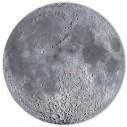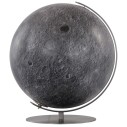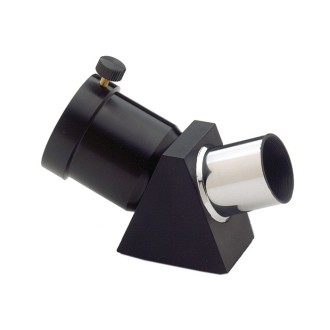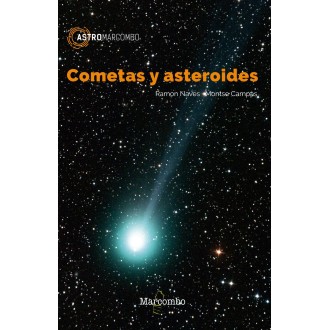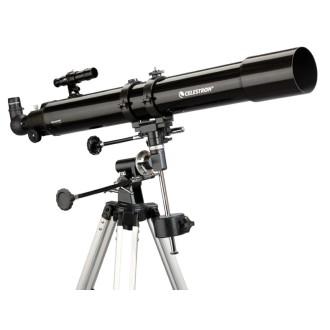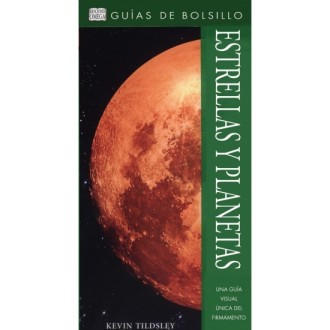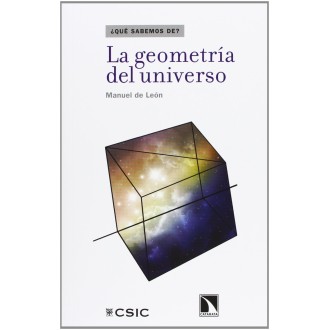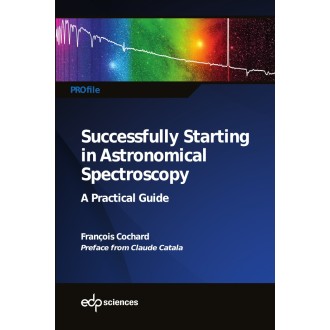Author: G. North
Publisher: OMEGA
Year: 2008
This guide, written by an expert and famed lunar observer, is an elementary practical work for those who aspire to observe the Moon. Both beginners and those experienced in practical astronomy will find this work a great help to move to a higher level and go further. In this second edition, the author incorporates the latest technical developments in lunar imaging, including digital photography, CCD imaging, and webcam observation. Key strengths of the book include its practical approach and its combination of eye-catching photographs with illuminating maps and charts.
Contents:
Foreword. Acknowledgments. "Magnificent Desolation. A ball of rock in orbit. Phases and eclipses. Eclipses of the Sun. Gravitation and tides. More about the Moon's motions: libration. Coordinates on the lunar surface. Occultations. The Moon through the mirror. The Moon in focus. The first selenographs. The telescope and the drawing board. What type of telescope is best? How big should the telescope be? So, what telescope should I spend my money on? Characteristics of eyepieces. Eyepieces of specific types and magnifications. Get the most out of your equipment. Drawing the Moon. The Moon in the camera. Basics about CCD cameras and digital cameras. Astronomical CCD cameras and ordinary digital cameras. The sensitive area of a CCD camera attached to a telescope, or with a photographic lens. Image scale if the original lenses of a "35 mm format" digital SLR camera are used. Lunar photography with a telescope in practice. Image resolution. How to enlarge the primary telescope image. Image processing. Stacking the Moon. The Moon and the home video camera. The advantages of stacking selected images. Manual stacking of individual images. The webcam revolution. The webcam and the computer. The first night of the webcam in your telescope. Stacking images with RegiStax. Stacked image processing with RegiStax. In search of an optimal result The physical Moon. The first lunar explorers. Men on the Moon. The Moon after the Apollo program. It is not made of cheese but of... Origin of the Moon. Structure of the Moon. The evolution of the Moon. Lunar chronology. The missing details Resource guide about the Moon. Out of print books. Books available on the market. Printed maps, charts and atlases. Some internet addresses on equipment and techniques. Consolidated Lunar Atlas, Lunar Orbiter Photographic Atlas, Apollo Image Atlas and Ranger photographs on the web. Web images and data from the Clementine, Lunar Prospector and SMART-1 missions. Virtual Atlas of the Moon. Lunar ephemerides. Key map for the chapter Selected lunar landscapes from "A to Z". Agarum, Promontorium. Albategnius. Alps, Vallis. Alphonsus. Apenninus, Montes. Aridaeus, Rima. Aristarchus. Aristoteles. Bailly. Bullialdus. Cassini. Clavius. Copernicus. Chrysium, Mare. Endymion. Fra Mauro. Furnerius. The "Lunar City" of Gruithuisen. Harbinger, Montes. Hevelius. Hortensius. Humorum, Mare. Hyginus, Rima. Imbrium, Mare. Janssen. Langrenus. Maestlin R. Messier. Moretus. Nectaris, Mare. Neper. Pitatus. Plato. Plinius. Posidonius. Pythagoras. Ramsden. Regiomontanus. Russell. Schickard. Schiller. Sirsalis, Rimae. Rupes Recta. Theophilus. Torricelli. Tycho. Wargentin. Wichmann. Exhibition of images obtained with webcam. Transient lunar phenomena: yes or no?. The origin of the mystery. Categories of transient lunar phenomena. The mystery continues. What can be the causes of the TLP? Possible causes of spurious TLPs. TLP observing program Appendix 1: Telescope collimation. Appendix 2: Field tests of telescope optical quality. Appendix 3: Polar alignment. Alphabetical index
BOOK DATA:
Binding: Paperback
Printing: Black and white
Number of pages: 432
Translator/s: Otero-Piñeiro, D.
Size: 20 (W) x 26 (H)
